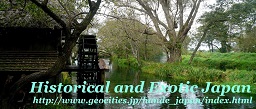|
Reverberatory Furnace in Nirayama

Between the late Heian Age (794 - 1185) and the Kamakura Age (1185 - 1333) . Nirayama in Shizuoka Prefecture was the base of the HOJYO Clan, who were in the position of the regency to support. There are a couple of historical sites related to the HOJYO Clan.Please refer the page of "The Ruins of HOJYO Clan in Nirayama" for more detail: http://handejapan19.html.xdomain.jp/TravelDestinations/Chubu/HojyoClan_E.html There are historical sites in the Muromachi Age (1336 - 1573) in Nirayama. The ruins of Nirayama Castle and Horikoshi-Gosho are typical examples.Please refer the page of "The Ruins of Nirayama Castle" for more detail: http://handejapan19.html.xdomain.jp/TravelDestinations/Chubu/NirayamaCastle_E.html There are also historical sites in Nirayama related to the Edo Age (1603 - 1868) .In the Edo Age, local areas were governed by a feudal lord assigned by the Tokugawa Bakufu (Edo Bakufu), the central government during the Edo Age. But, Nirayama was directly governed by the Tokugawa Bakufu. Magistrate's Office was located in Nirayama and the EGAWA Clan was assigned as a magistrate. Japan closed the country during the Edo Age. At the end of Edo Age, European countries and the Unites States gave the military pressure to open the country. The Edo Bakufu decided to place steel cannons at Tokyo Bay and ordered EGAWA Hidetatsu (1801 - 1855) to make reverberatory furnaces for steel cannons.
EGAWA Hidetoshi (1839 - 1863) , the son of EGAWA Hidetatsu, succeeded the project and completed the reverberatory furnaces in 1857. Total ten steel cannons were made and installed at Odaiba in Tokyo.The stone monument praises the achievements of EGAWA Hidetatsu and Hidetoshi. The cannons are also displayed. 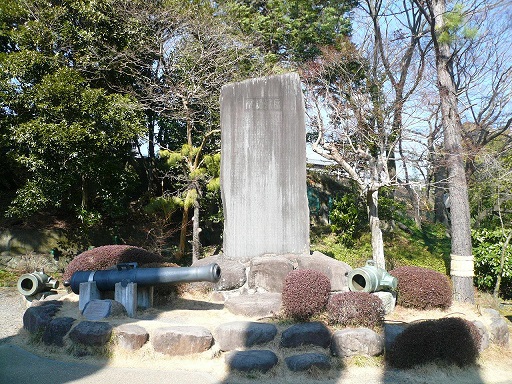
The statue of EGAWA Hidetatsu is also located near the reverberatory furnaces. 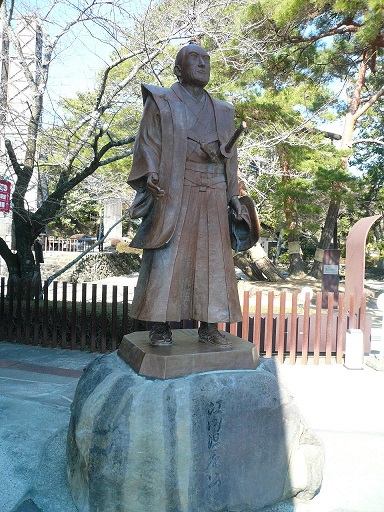
Not only for the achievement of the reverberatory furnaces, but also for his great government as a magistrate who ruled his territory with benevolence, he has been well respected by the people in Nirayama. The reverberatory furnaces are designated as world heritages. EGAWA Residence in NirayamaTo the east from the ruins of Nirayama Castle, the site of EGAWA Residence is located. Please refer the page of "The Ruins of Nirayama Castle" for more detail: http://handejapan19.html.xdomain.jp/TravelDestinations/Chubu/NirayamaCastle_E.html The below picture shows the main gate of EGAWA Residence. 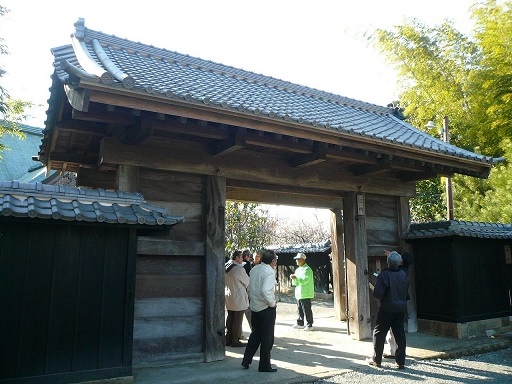
The EGAWA Clan originally named the UNO Clan and moved to Nirayama in 1156 and named EGAWA after the river in this area. The EGAWA Clan served GO-HOJYO Clan in the Muromachi Age and served TOKUGAWA Clan in the Edo Age. 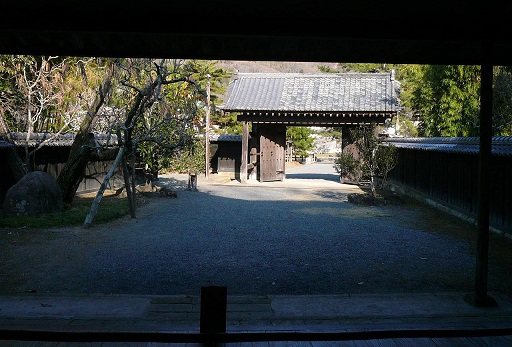
As the EGAWA Clan was assigned as a magistrate, the Magistrate's Office of Nirayama was located in the EGAWA Residence. The main residence building was at the beginning of the seventeenth century. 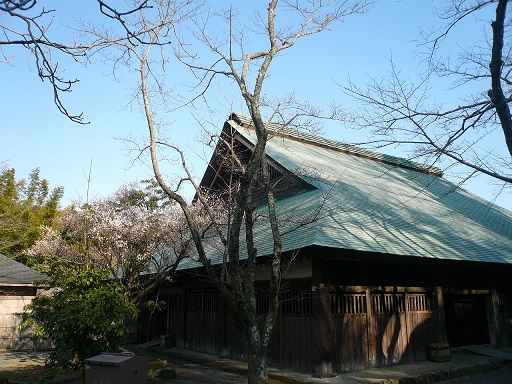
There are three storehouses with thick earthen walls. The warehouse shown in the below picture was built at the end of the Edo Age. 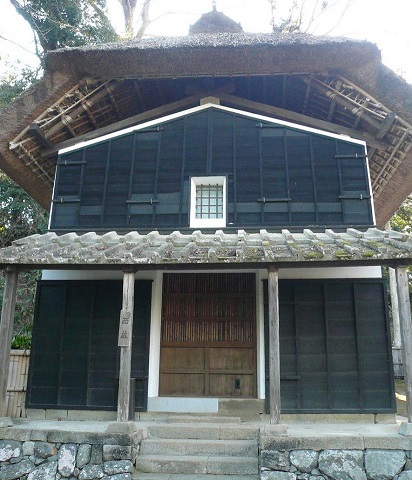
The below two warehouses were built at the beginning of the twentieth century. 
The below picture shows the back-gate of EGAWA Residence. The gate was built in 1823, but it is said that the door used for the gate is much older. 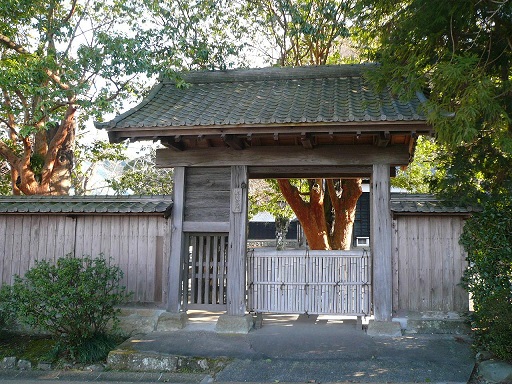
There are a couple of bullet holes at the door. 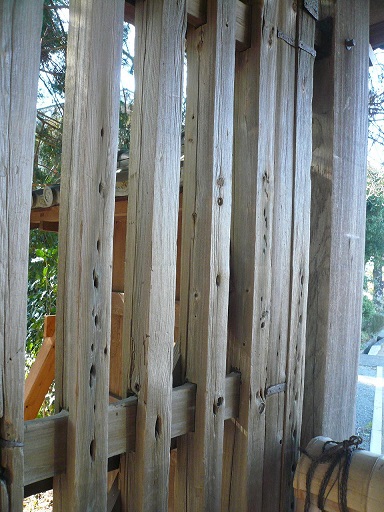
These were made when TOYOTOMI Hideyoshi (1537 - 1598) attached Nirayama Castle in 1590.Nirayama has very rich history. The reverberatory furnaces and EGAWA Residence are also typical historical sites in Nirayama. EGAWA Residence is designated as an important property of Japan. |
